1902 Revivals in Asia-Pacific (R. A. Torrey – 15 Revivals)
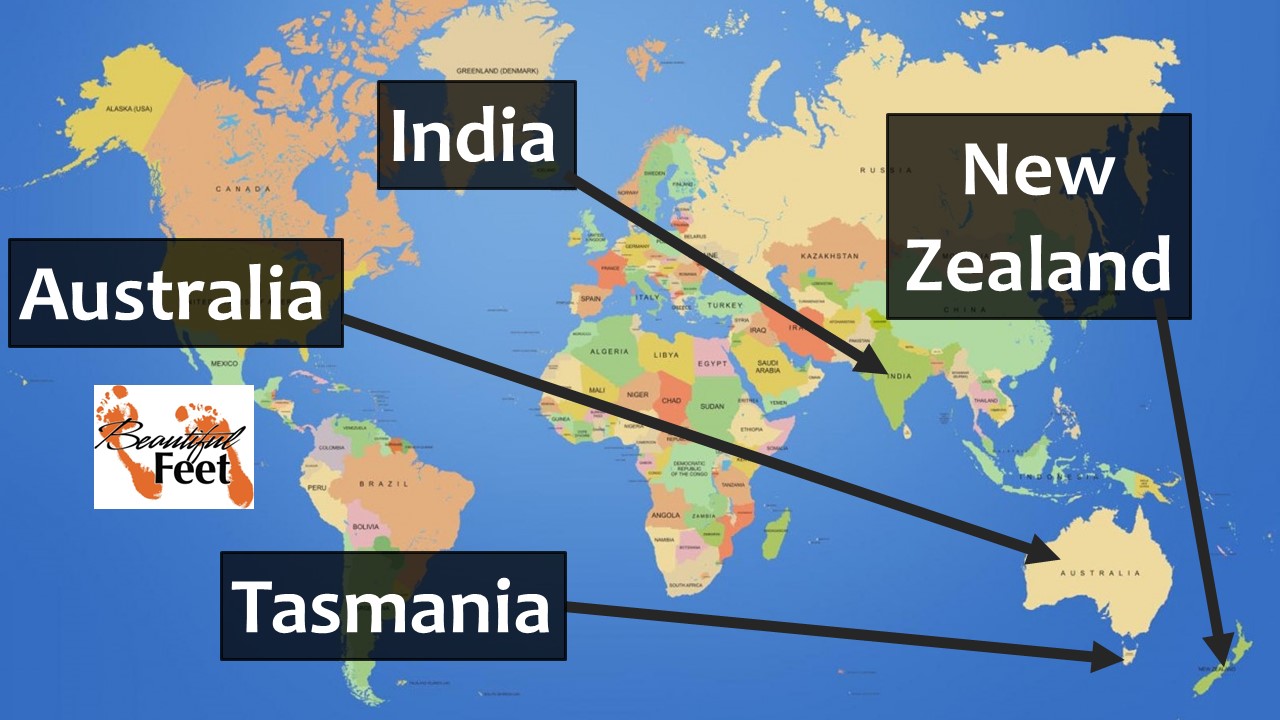
Revivalism
Beginning with Charles G. Finney in the early 1800s, mass evangelistic efforts have continually evolved and developed. A succession of prominent evangelists built on the experiences of their predecessors, often by working directly with them or being deeply influenced by their ministry:
► Charles G. Finney (1792-1875)
► Dwight L. Moody (1837-1899)
► R. A. Torrey (1856-1928)
► John W. Chapman (1859-1918)
► Billy Sunday (1862–1935)
► Billy Graham (1918-2018)

Reuben A. Torrey
This account focuses on the 1902 revivals in Australia, Tasmania, New Zealand, and India. They were the second phase of R. A. Torrey and Charles M. Alexander’s Worldwide Tour.
Recommended Preliminary Reading
For context on this revival account, consider reading the following:
► 1878 Garrettsville, Ohio Revival
► 1902 Melbourne, Australia Revival
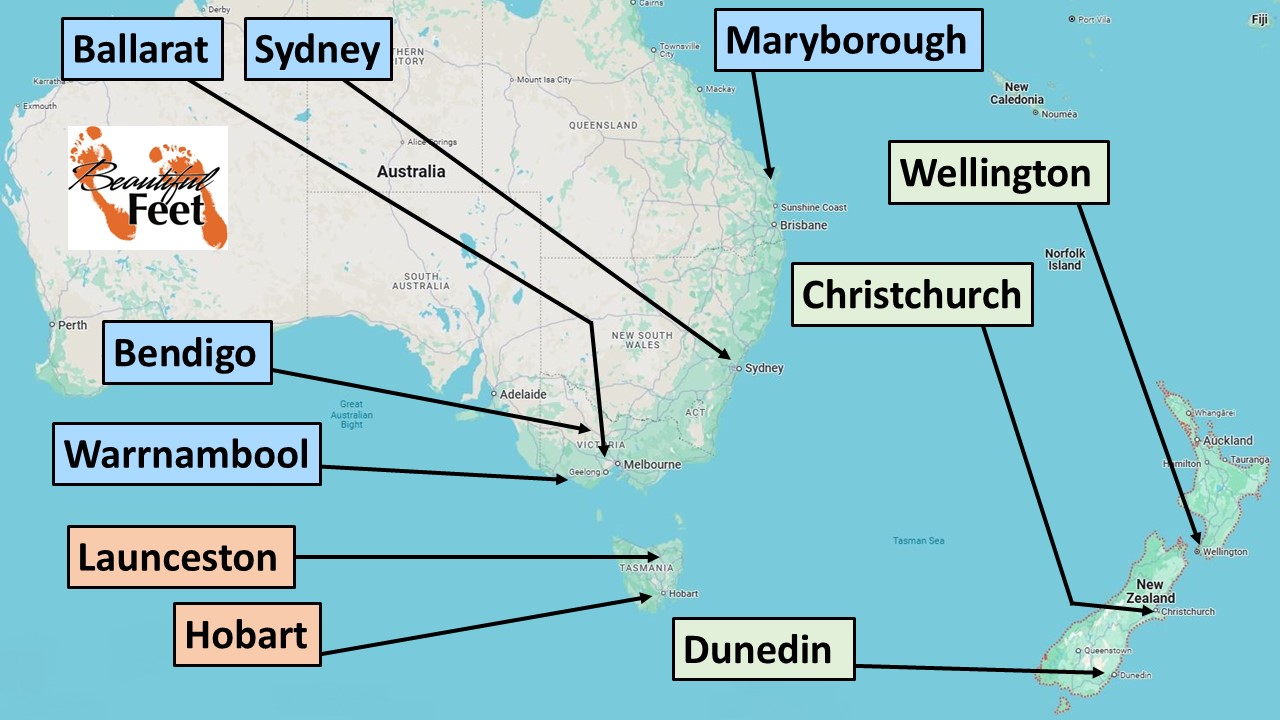
Locations of revivals in Australia, the Australian State of Tasmania, and the country of New Zealand
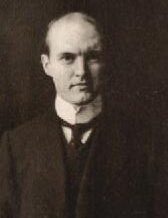
Charles Alexander
Inundated with Invitations
While the 1902 Melbourne, Australia Revival was underway, R. A. Torrey received invitations from numerous cities and countries to minister. At the conclusion of the Melbourne ministry in May 1902, Torrey and his song leader, Charles Alexander, began traveling to several different locations in response to those invitations.
For six months following the Melbourne revival, Torrey and his team traveled extensively, conducting ministry in several Australian cities, including Sydney, Ballarat, Warrnambool, Maryborough, and Bendigo.
During their ministry in Sydney, the inside of the building was packed to capacity. Large crowds gathered outside, unable to enter, and were led in song by the Salvation Army brass band. Preachers and Salvation Army men would then alternately exhort and preach to the outdoor crowd.
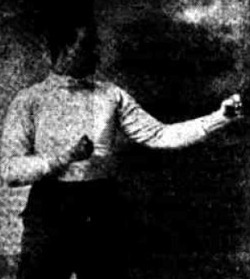
Boxer Jim Burke
Tasmania
Following their ministry on the Australian mainland, Torrey and his team visited the Australian state of Tasmania, focusing on the cities of Launceston and Hobart. At Launceston, the champion heavy-weight prize fighter Jim Burke made a profession of his faith in Christ.
In a letter to a friend after his conversion, Burke wrote:
I have won the biggest fight I ever had. I have in my time won many great victories, but the greatest victory I ever won was when I beat the devil.
New Zealand
The team then spent 30 days in New Zealand, where people traveled long distances to attend the meetings. Services were held in the three largest cities—Wellington, Christchurch, and Dunedin—after which attendees carried the revival’s fire to rural churches.
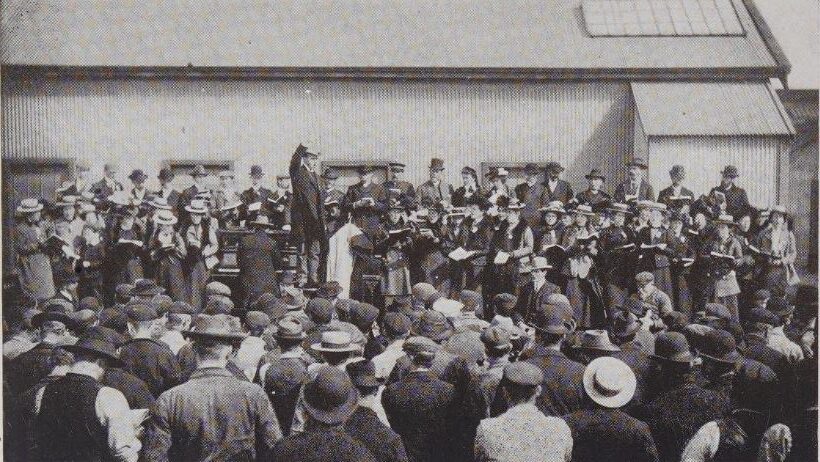
Torrey and Alexander at a train stop in Christchurch, New Zealand.
As the team traveled between cities by train, small towns begged for brief open-air services at train stations during their 10-minute stops. On one journey, they held seven such meetings. At each station, they threw out hymn leaflets to those gathered. Crowds at these train stations would reach 2,000 people, just to sing a song and listen to Torrey share a few words.
New Zealand climaxed Torrey’s tour in the land Down Under, with the revival bringing 20,000 souls into the Kingdom of God!
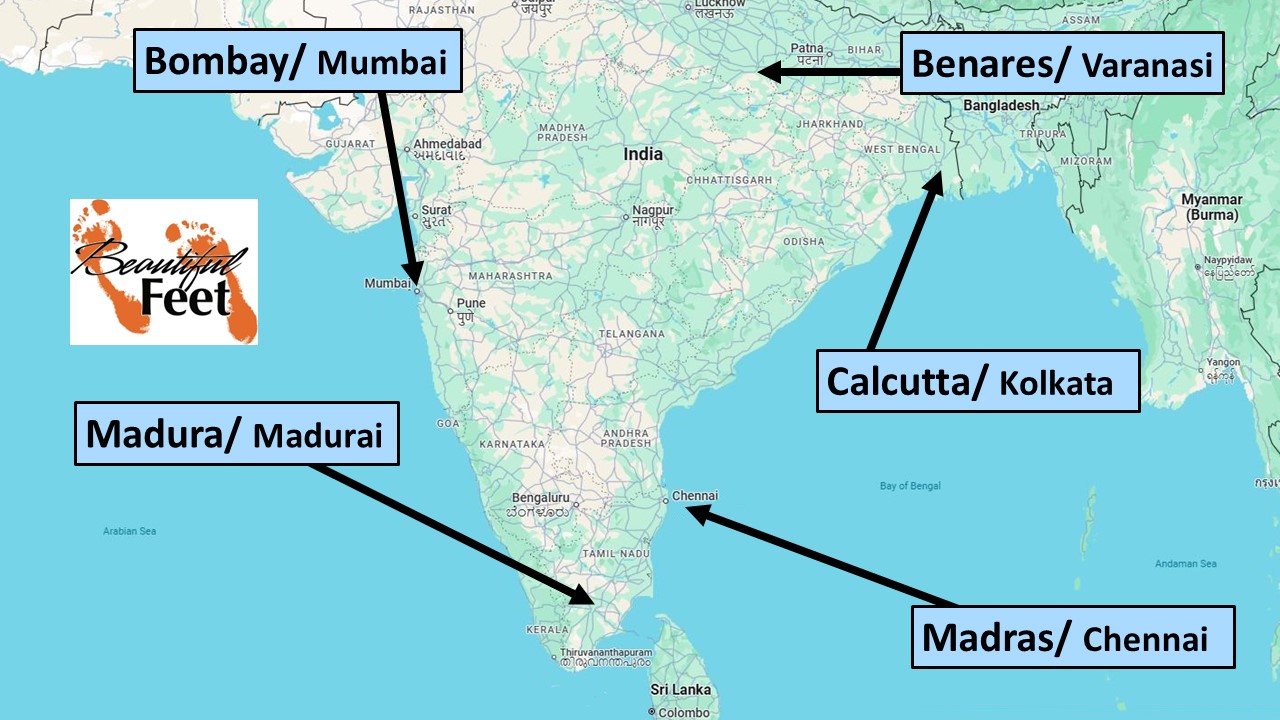
Revival Locations in India
India
As they journeyed to England, responding to invitations to conduct ministry there, Torrey and Alexander stopped in India for 6 weeks, investing ministry time in the Indian cities of Madura (Madurai), Madras (Chennai), Calcutta (Kolkata), Bombay (Mumbai), and Benares (Varanasi).
The missionaries received new life and encouragement through their brief visit. In speaking of their audiences, Alexander said:
To see the Mohammedans and the Parsees, the Hindus and the Buddhists sitting in our meetings, each one with his red hymn book and joining in the Gospel songs, was a beautiful sight.
Wherever they went in India, they discovered that the theme song of the 1902 Melbourne, Australia Revival, Glory Song, had already preceded them.
Results in India
Following the 6 weeks of visits to these ministry locations in India, Alexander traveled ahead to England, while Torrey remained to attend and speak at the December 11–18, 1902, Decennial Missionary Convention at Madras.
This convention brought together about four hundred missionaries. The full impact of Torrey’s addresses may only be known in eternity.
Some missionaries and national workers from India attended the 1902 Melbourne, Australia Revival, and having caught that fire there, Torrey’s visit in India added even more fuel to the already kindled flames.
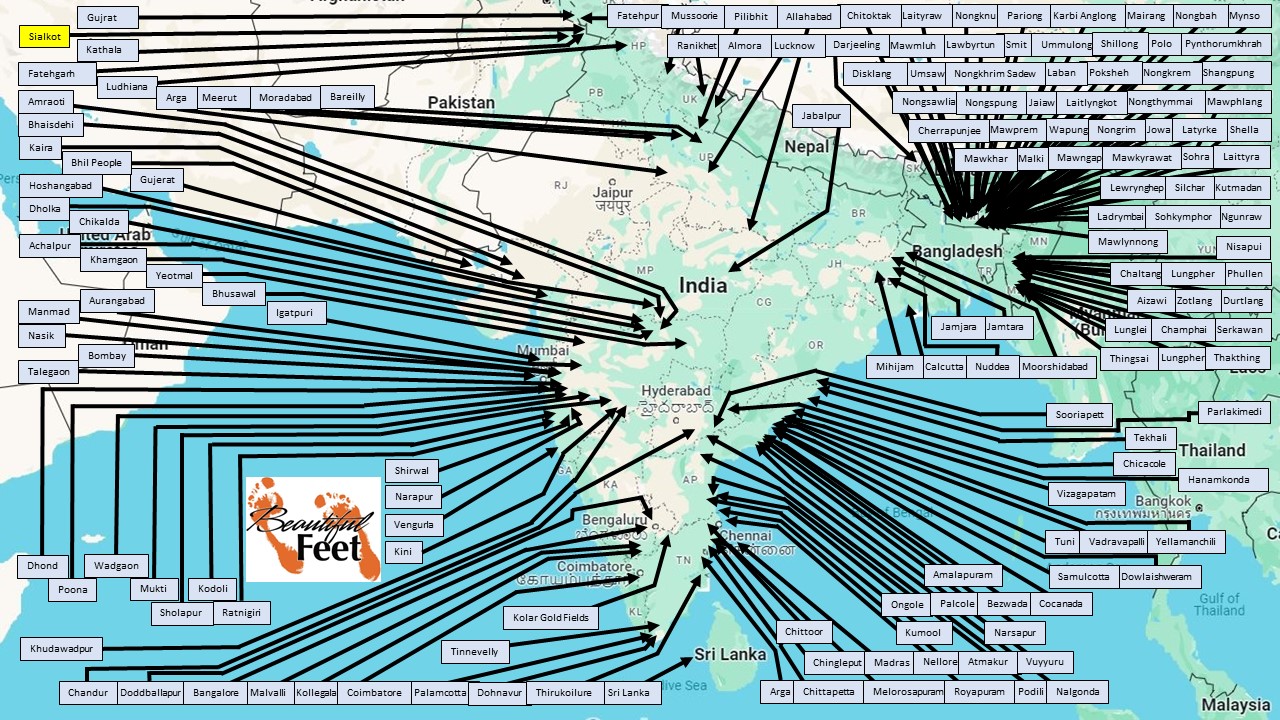
Some of the many revivals that spread across India from 1904-1906
This map shows how revivals swept across India from 1904-1906, touching every mission station and church, regardless of the denomination. Episcopalians, Presbyterians, Congregationalists, Baptists, Lutherans, Methodists, Brethren, Anglicans, Christian and Missionary Alliance, London Missionary Society, and the YMCAs and YWCAs all experienced blessings wherever the revival was welcomed. These revivals also fostered significant unity, breaking down barriers between denominations.
The outcomes of the Indian revivals are documented in the following accounts:
- 1904 Sialkot, India Revival (Over 5 locations)
- 1905 Khasi Hills Revival (Dozens of Locations)
- 1905 Mukti Revival (5 Locations)
- 1905 Revival at Dohnavur (2 Locations)
- 1905 India Revivals I (20 Locations)
- 1905 India Revivals II (8 Locations)
- 1905 India Revivals III (5 Locations)
- 1906 India Revivals IV (10 Locations)
- 1906 India Revivals V (8 Locations)
- 1906 India Revivals VI (8 Locations)
- 1905-1906 India Revivals VII (9 Locations)
- 1905-1906 India Revivals VIII (14 Locations)
- 1906 India Revivals IX (8 Locations)
- 1906 Aurangabad, India Revival (5 Locations)
- 1906 Mizo, India Revival (13 Locations)
Worldwide Tour
The Torrey-Alexander Worldwide Tour (1902-1905) resulted in an estimated 100,000 decisions for Christ. Read more with the following accounts of this Worldwide Tour:
► 1878 Garrettsville, Ohio Revival
► 1902 Melbourne, Australia Revival
► 1903-1905 Great Britain Revivals
Sources
► Report of the Fourth Decennial Indian Missionary Conference by the Decennial Missionary Conference
► Torrey and Alexander, The Story of a World-Wide Revival by George T. B. Davis
► Torrey and Alexander: The Story of their Lives by J. Kennedy MacLean
► Twice Around the World with Alexander by George T. B. Davis
Return to List of Revival Stories
Chet & Phyllis Swearingen:
Office: (260) 920-8248
romans1015@outlook.com
Beautiful Feet
P.O. Box 915
Auburn, IN 46706

